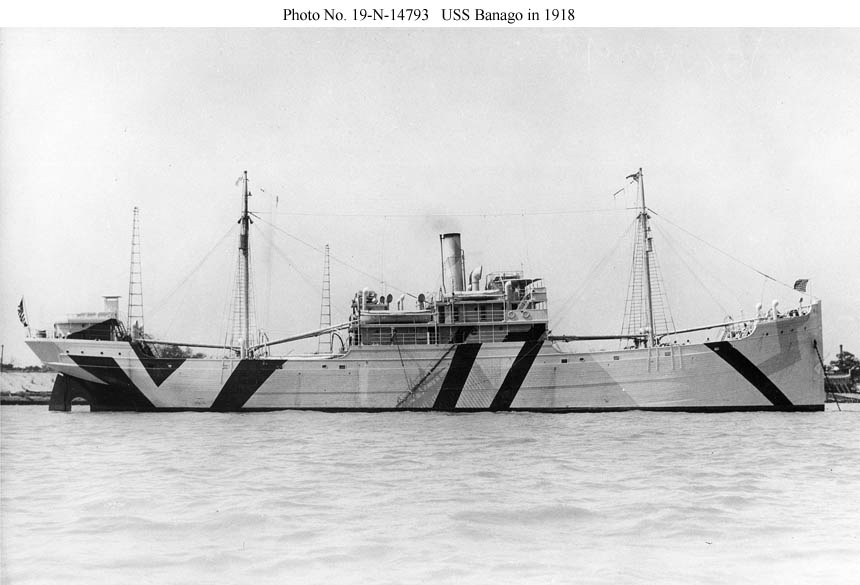The Fort Scott
A WWI era "Ferris" Steamship
The cache is a small waterproof container. Log Only, no pen. Search and replace with care, and don't jam it back in so the next person can get it out easily.
Use caution as there are many sharp bits and submerged hazards.
A shallow draft boat such as a canoe or kayak is recommended.
You do not need to leave your boat for this cache.
The higher the tide, the shorter the reach.
The Fort Scott was built at the Grant Smith-Porter Ship Company in Portland Oregon, and launched on September 30th, 1918. She was abandoned here on Curtis Creek in 1923.
In April 1917, after much debate, the United States entered World War I, which had been raging in Europe for nearly 3 years. It very quickly appeared to the U.S. Shipping Board (USSB) that the country would not have enough ships to bring supplies, food, and ammunition to support the U.S. troops, especially in view of the effectiveness of the German U-Boats. The Emergency Fleet Corporation (EFC) therefore decided to contract for 703 wooden cargo steamships to supplement its budding fleet of steel cargo ships. This created great controversy; at the time, wood was already obsolete for large ship building, and even reciprocating steam engines were considered old- fashioned. The main type of wooden ship followed the Theodore "Ferris" design (USSB design #1001), a 270' long, coal-fired, "three- island" ship of 3,500 deadweight tons.
The three Ferris ships in this area were purchased by the Davison Chemical Company immediately after the First World War to transport pyrite from Cuba to Baltimore. Davison Chemical, founded in 1832, is still operating on the same property today as a subsidiary of W.R. Grace. You can see it just to the north along the shore.
The two other Ferris Ships located here are The Ashland and The Dover.
The Ashland was built in 1919 at the Ship Construction & Trading Company in Stonington, CT. She's located just to the West of here.
The Dover was built in 1919 by L.H. Shattuck, Inc. in Newington, NH. and is located just to the southwest, nearest the concrete ship General Morgan Lewis (see GC4JDY2).
|

The USS Banago.
The Fort Scott was of identical design.
|
There are several other ships abandoned here, including an ocean-going rescue tug, a gamblers boat, the four-masted schooner Katherine May, and several others. The three-masted schooner William T. Parker is also here. Built in Delaware in 1891 she has had quite a life, including being abandoned in a storm off the Carolinas and then drifting up to Maine and back down the coast.
There are 15 more Ferris Ships to the north around Sledds Point that were sunk for a breakwater. There is also another to the south of here named The Portland. Hundreds of other Ferris Ship remains can be seen on the Potomac at Mallows Bay (see GC3ECVM).
|

The Grant Smith-Porter Shipyard on June 20th, 1918.
The Fort Scott would have had it's
keel laid at about this time.
|
Ferris standard wooden steamship specifications
Length over all 281'-10" 3,588 deadweight tons
Length between perpendics. 268'- 0" 2,556 gross tons
Breadth moulded 45'- 2" 1,512 net tons
Depth moulded at side 26'- 0"
Load draft 23'-10"
2 water tube boilers each 2508 sq.ft 28 tons coal / day
1 triple expansion (19"+32"+56")/36" 1,400 HP indicated
Speed 10 knots
Of the 703 Ferris and other wooden ships ordered, 214 were cancelled when the armistice was signed in November 1918, 323 were completed, 44 sold, 23 lost, and 256 were sold for scrapping. These wooden steamships earned a bad reputation due to high maintenance costs and rudder problems, although 265 carried cargoes overseas. In the end, the collapse of the freight rates after the war signed their death warrant. These cargo ships were the last and the largest vessels ever built following a tradition of wood shipbuilding that had lasted practically unchanged for centuries.
Where to launch
The most convenient free launch point I've found is into Solleys Cove at the end of Carbide Road. Parking coordinates are included in this listing. Park in the grassy area south of the American Legion building and outside their posted private property signs. This is a popular fisherman's launch with all the related character.

These ships are the property of the State of Maryland by federal law.
A permit is not required to inspect, study, explore, photograph, measure, record, conduct a reconnaissance survey, or otherwise use and enjoy a submerged archaeological historic property if the use or activity does not:
involve excavation, destruction, or substantive injury of the historic property or its immediate environment;
endanger other persons or property;
violate other regulations or provisions of federal, State, or local law.